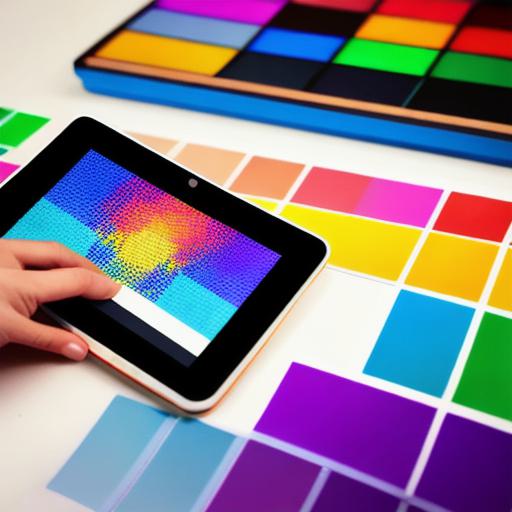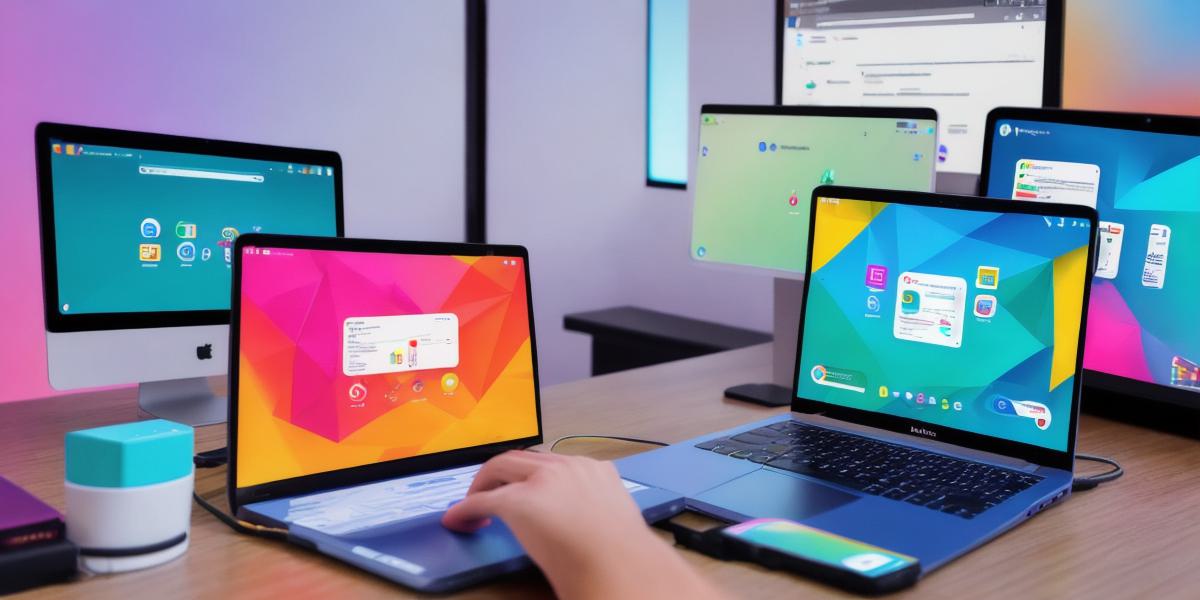Mobile gaming has become a popular pastime for people of all ages, and as a mobile game developer, you have the opportunity to create immersive and captivating experiences for your audience. In this comprehensive guide, we will explore how to develop mobile games using Flutter, an open-source UI toolkit from Google.
**Why Choose Flutter for Mobile Game Development?
**
Flutter’s unique selling proposition lies in its ability to deliver high-performance and visually stunning applications with minimal code. Its widget-based UI design ensures a consistent look and feel across different platforms, making it an ideal choice for mobile game development. Some of the key benefits of using Flutter for game development include:
* Cross-platform support: Reach a larger audience by deploying your games on both Android and iOS devices with ease.
* Rapid development cycle: Build, test, and deploy your games faster than ever before with Flutter’s hot reload feature.
* Seamless animations and transitions: Create visually engaging experiences that captivate and retain user interest.
**Setting Up Your Development Environment**
Before you get started, make sure to set up your development environment by installing the following prerequisites:
1. **Flutter SDK**: Download and install the Flutter Software Development Kit (SDK) from the official website.
2. **Editor of Choice**: Choose an Integrated Development Environment (IDE) such as Visual Studio Code or Android Studio for editing your code.
3. **Git**: Install Git for version control to manage your project and collaborate with team members.
**Getting Started with Flutter Game Development**
To create a mobile game using Flutter, follow these steps:
1. **Create a New Project**: Use the Flutter CLI or an IDE like Android Studio to create a new project with the desired game template (if available).
2. **Design Your User Interface (UI)**: Utilize Flutter’s widget library to design and build your game’s UI, including menus, buttons, animations, and backgrounds.
3. **Implement Game Logic**: Write the code to define game rules, player interactions, scoring systems, and AI behaviors using Dart, Flutter’s programming language.
4. **Add Sound and Graphics**: Enhance your game with sound effects, music, and graphics using external libraries or custom assets.
5. **Test and Iterate**: Use a test device or emulator to evaluate your game’s performance and user experience (UX). Make improvements as needed.
**Examples of Successful Flutter Games**
Several successful mobile games have been developed using Flutter, demonstrating its potential in the gaming industry.
Some examples include:

-
**Albedo:**
A popular open-world exploration game with procedurally generated terrain and stunning visuals.
* **Super Stickman Golf 3:**
A popular golfing game that offers cross-platform support and seamless multiplayer experiences.
* **Pigeon Wings:**
A captivating endless flying game with beautiful graphics and immersive gameplay.

Summary
In conclusion, Flutter provides mobile game developers with a powerful and versatile toolkit for creating engaging, high-performance, and visually stunning experiences across multiple platforms. With its ease of use, rapid development cycle, and seamless integration of animations, graphics, and sound effects, there’s no limit to what you can achieve in the world of mobile gaming using Flutter.
